Bridging Tourism and Biodiversity: Youth-Led Conservation in Kuakata
Green Kuakata: A Youth-led Initiative to Conserve Biodiversity and Ecosystem Services
December 31, 2023
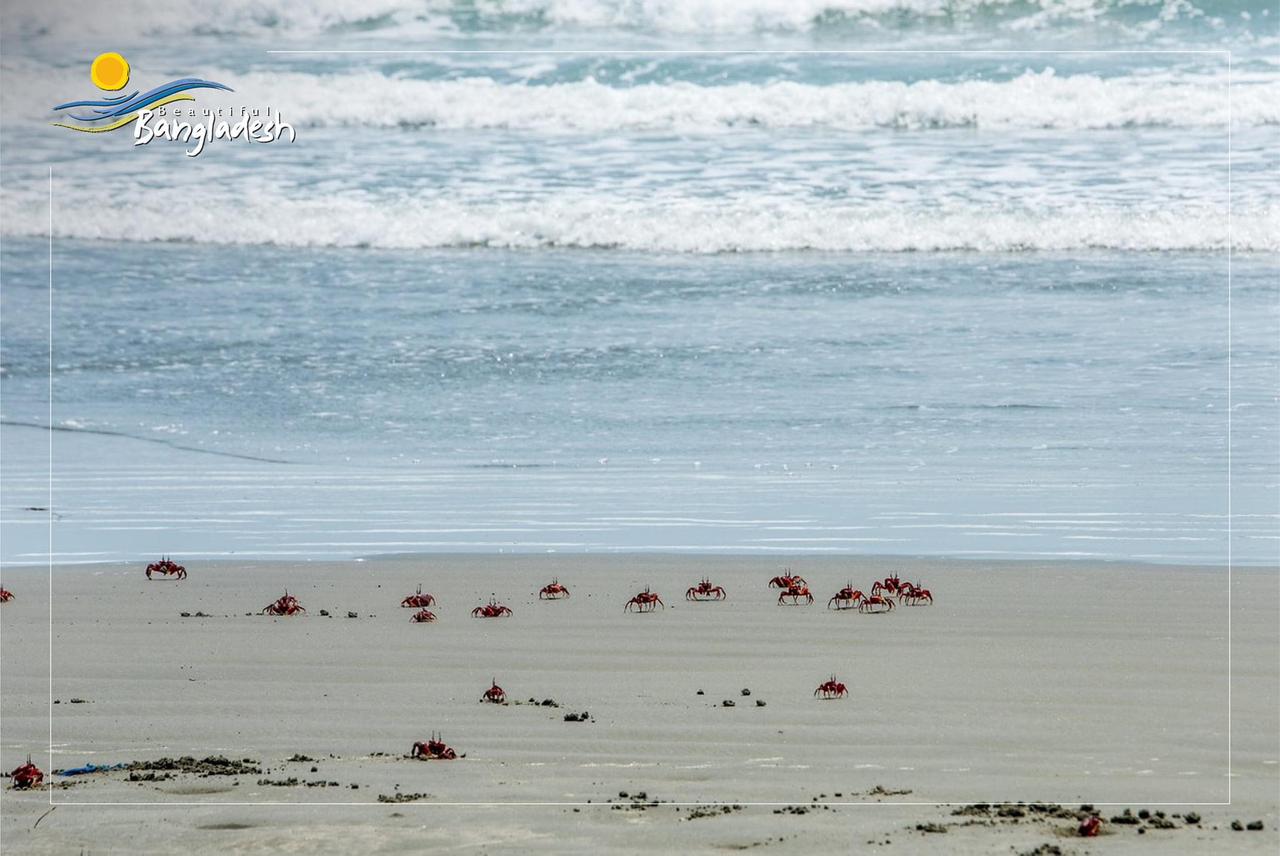
Biodiversity Symphony: A vibrant display of red crabs adorning Kuakata Sea Beach.
By Ramiz Uddin, PhD., Head of Experimentation, UNDP Accelerator Lab, Bangladesh
Nawmee Jessica Howladar, Innovation Associate-Climate Change and Environment, UNDP Accelerator Lab Bangladesh.
Farhana Yesmen, Program Officer, UNDP Bangladesh
Kuakata, Hidden Treasure Along the Bay of Bengal
Kuakata is a rare sea beach in Bangladesh that offers scenic beauty with a panoramic view of the rising and setting crimson sun over the Bay of Bengal. Located 70 km from Patuakhali Headquarters and 320 km from the capital Dhaka. It's the second-largest sea beach in the country, attracting 50k to 60k tourists weekly during peak season.[1] The landscape features a blend of natural beauty, sandy shores, blue skies, extensive Bay waters, and evergreen forests, including remnants of mangroves and coconut-lined shores.
It is a unique example of the co-occurrence of different ecosystems. The adjacent Fatra and Gangamati mangrove forests, part of the Sundarbans, enhance biodiversity. Mangroves and the beach serve as homes for turtles, mollusks, crabs, sea birds, and marine fish nurseries.[1] Kuakata is a virgin abode of migratory birds. Kuakata National Park, established for coastal afforestation, showcases diverse ecosystems and is a habitat for various wildlife. Around 42,000 trees of 265 different plant species were planted in the park.[2] However, three-quarters of Kuakata National Park has gone into the sea due to natural disasters and beach erosion.
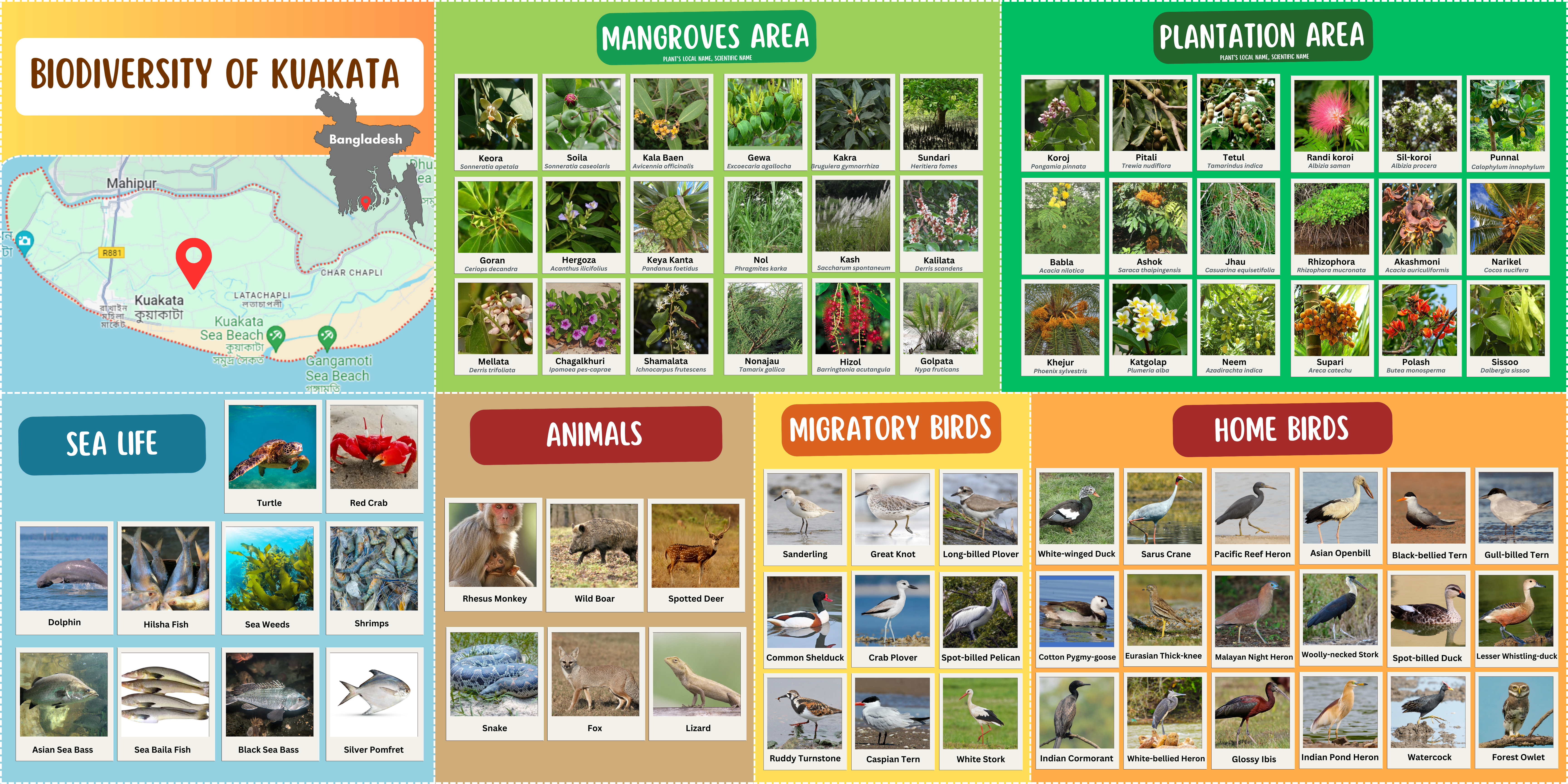
Figure 1: Luxuriant Biodiversity of Kuakata Region
Youth Power to Preserve Kuakata's Environment
In Kuakata, the dynamic involvement of youth in environmental protection is evident through various youth-led initiatives. Notable examples are the dedicated efforts of Tour Operators Association Kuakata (TOAK), Sagar Konna Club, Kuakata Youth Club, BD Clean, Youth Net, Shouharda Youth Foundation, Voice of Climate Change (VoCC), Rotaract Club- these youth-led organizations and university students that often organize beach clean-up initiatives and awareness campaign against plastic pollution. Their commitment to preserving the pristine beauty of Kuakata's shores is reflected in their proactive approach to tackling environmental challenges. However, the efforts are not being consistently implemented on a regular basis. Another commendable initiative involves a youth-led dolphin conservation team, which plays a crucial role in collecting the carcasses of dead or injured dolphins found along the beach. These young conservationists go a step further by identifying the causes of the dolphins' death, providing invaluable data. On average, 14 dolphins have been found dead annually since 2018 at different points along Kuakata Sea Beach, as documented by this youth-led organization, which serves as a moving reminder of the pressing need for environmental awareness and action. However, their efforts are often hindered by a lack of technical knowledge and capacity of the team members. Furthermore, the youth actively engage in establishing safe zones for red crabs, yielding positive results in terms of a noticeable increase in the red crab population. Such initiatives not only showcase the youth's commitment to environmental sustainability but also serve as inspirational models for fostering positive change in Kuakata's unique ecosystem.
Youth-led Initiatives at Kuakata Sea Beach Area

Photo 2: Youth-led Initiatives at Kuakata Sea Beach Area
How can youth engagement contribute to achieving the balance between tourism and biodiversity in Kuakata?
UNDP Accelerator Lab, Bangladesh in collaboration with Bangladesh Tourism Board conducted a Sustainable Tourism & Biodiversity Need Assessment at Kuakata in July 2023. During the assessment, a number of government entities, local administration, tourist police, non-government organizations, business entities, tourist service providers, informal workers, tourists, and community leaders were consulted. One of the major findings of the consultation was that Kuakata Beach has been losing its potential as a tourist attraction due to plastic pollution and the disappearance of livestock resulting from uncontrolled tourism. The tourists are responsible for around 90% of the plastic thrown into the sea every day, which is destroying the marine ecosystem in the area. In addition, the motorbikes carrying tourists to the beach have a severely adverse effect on the biodiversity there. At least 200 motorcycles provide services in Kuakata every day during the tourist season. These motorcycles make trips to Crab Island at least 2-3 times a day. At least 6,000 crabs die every day due to the huge rush of bikes on the Kuakata Sea beach.[1]
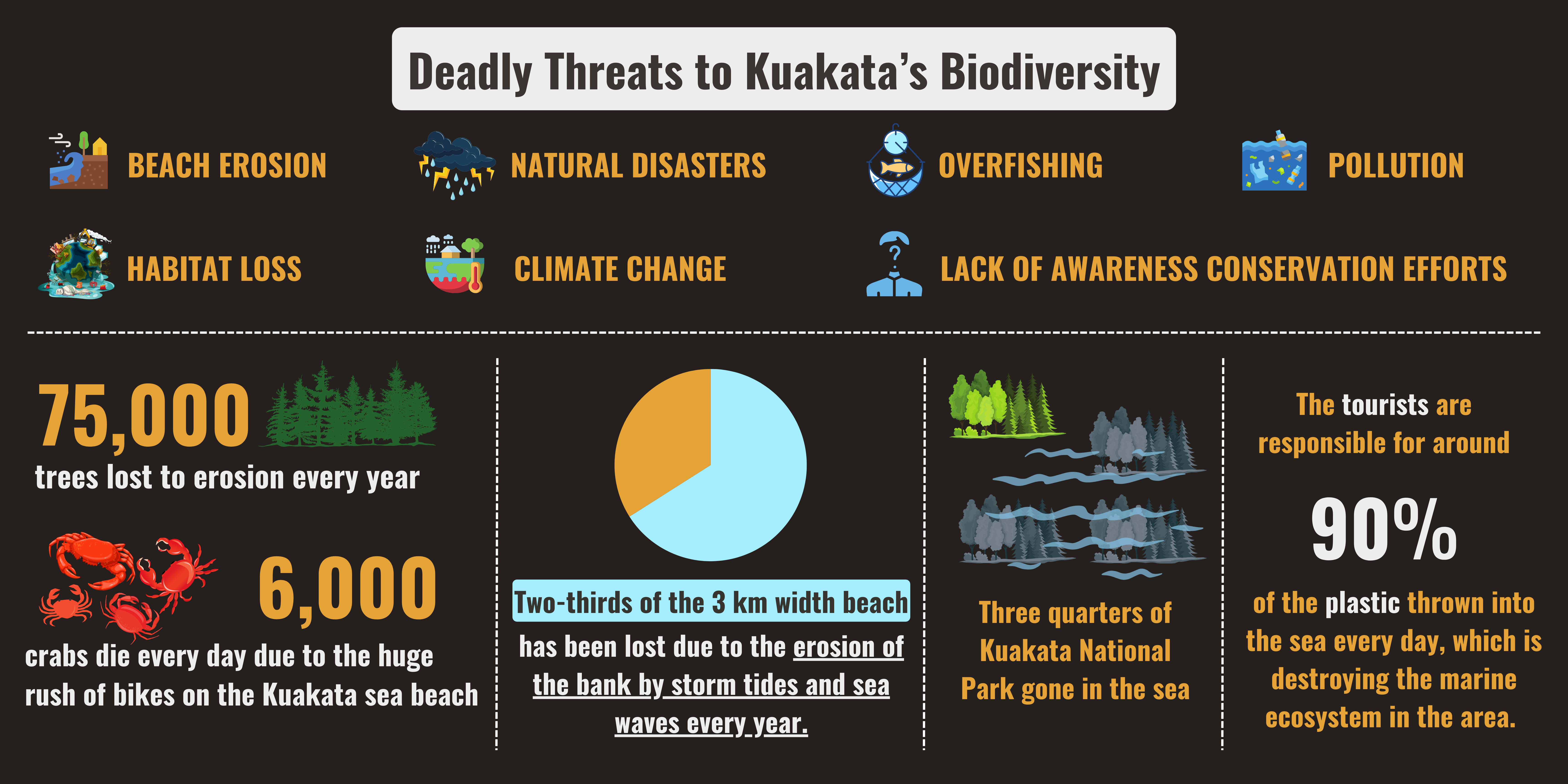
Figure 2: Challenges Faced by Kuakata's Biodiversity
Following a comprehensive series of focus group discussions and interviews with local stakeholders, tourists, and tourist service providers, the Lab has identified the local youth as pivotal actors in balancing the ecosystem and tourism. The local youth play a multifaceted role in this thriving tourism industry, contributing both formally and informally. In the formal sector, they actively participate in the hospitality industry, working in hotels, motels, and restaurants to ensure the comfort and satisfaction of visiting tourists. Simultaneously, a considerable portion of the youth population engages in informal occupations, such as tour guiding, photography, motorcycle and beach bike services, horse riding, street vending, and more. Notably, the Fish Fry market, a potential tourist attraction, reflects the spirit of youth entrepreneurs.

Figure 3: Number of Youth as Tourism Service Providers
Moreover, these youth serve as the primary point of contact for tourists, playing a crucial role in shaping their experience. Recognizing this influence, the Lab has taken the initiative to harness the power of these youth for positive change. By enhancing their capacities and instilling a sense of responsibility for biodiversity, these young individuals can guide tourists effectively, ensuring the long-term sustainability of Kuakata.
Mapping Youth Empowerment for Biodiversity Conservation
Within the framework of the UNDP Strategic Plan 2022-2025, the Environment stands out as one of the six signature solutions. This strategic initiative aims to position nature and the environment at the core of national economies and planning, supporting governments in safeguarding, managing, and valuing their natural assets. Key enablers to amplify the development impact include digitalization, strategic innovation, and development financing.
In the specific context of Kuakata, empowering youth for biodiversity conservation represents a significant stride at the subnational level, aligning with the overarching goal of implementing strategic innovation for the signature solution on the environment. Drawing insights from the Youth Guide to Biodiversity by Youth and United Nations Global Alliance (YUNGA), it is emphasized that governments and organizations working collaboratively with local communities in the development of sustainable practices are more likely to achieve success and leave a lasting impact on the conservation of biodiversity. Moreover, The Global Biodiversity Framework consistently emphasizes the need for inclusive participation of youth in decision-making processes and the dissemination of information related to biodiversity.
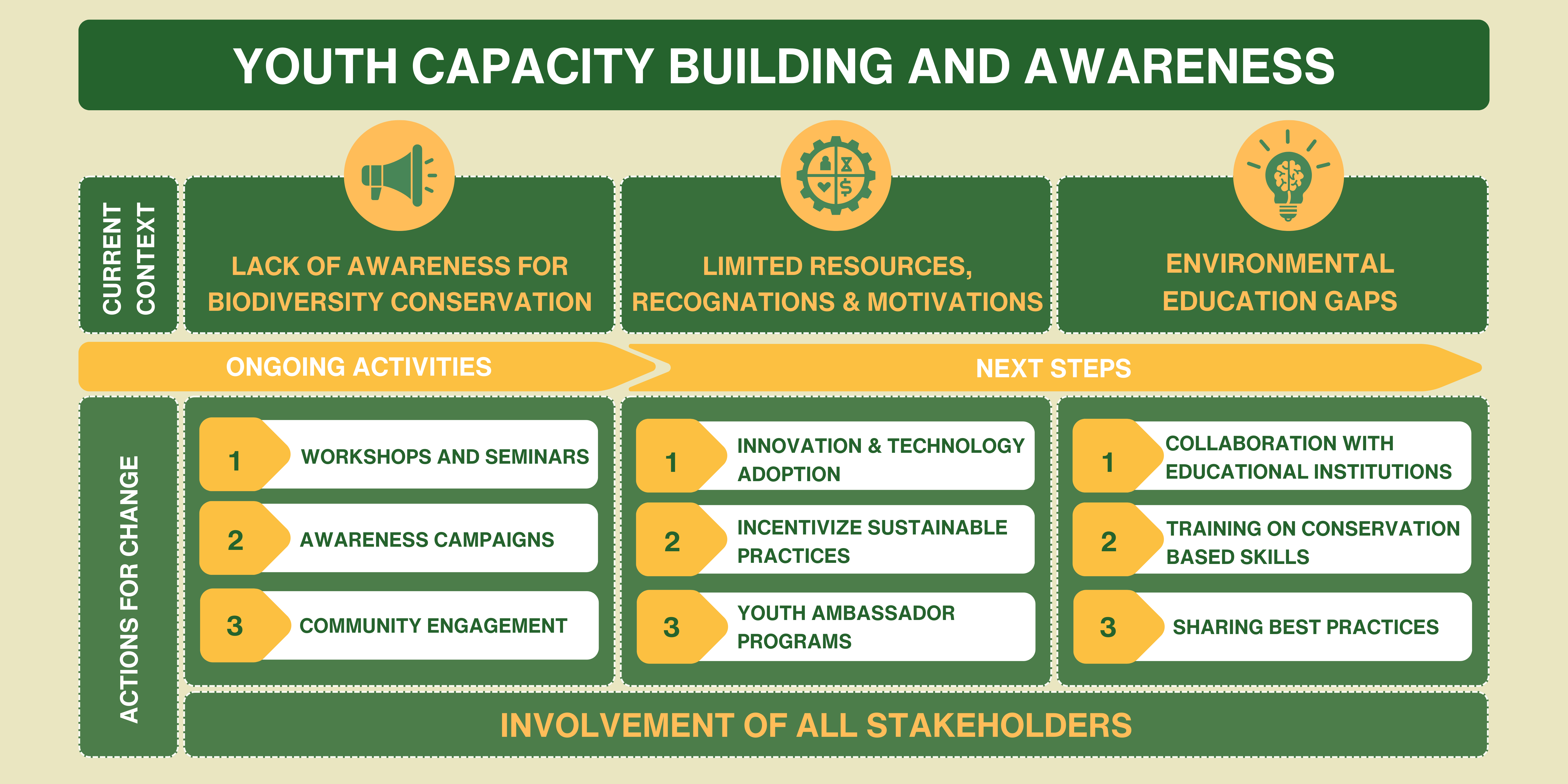
Figure 4: Ongoing and Upcoming Youth Capacity Building and Awareness Initiatives for Kuakata's Biodiversity Conservation
As part of the prototype initiatives undertaken by the UNDP Accelerator Lab, Bangladesh, the focus has been given to engaging youths of local tourism businesses in biodiversity conservation. This approach aims to enhance conservation-based skills and awareness among the local youth. The collaborative efforts with our partner organization, the Bangladesh Tourism Board, reflect a shared commitment to the capacity development of local tourism workers. This commitment is underscored by the Tourism Master Plan of Bangladesh (2024-2041), which prioritizes sustainable beach management, tourist safety, and environmental conservation as prime concerns. The local government, security forces, NGOs, and voluntary organizations are actively participating in this initiative to uplift and empower the youth. Acc Lab has emerged as a crucial hub for fostering coordination between local youth and administration, bridging a gap that existed before. Through these concerted efforts, the aim is to contribute meaningfully to the UNDP's strategic vision for environmental sustainability and biodiversity conservation.
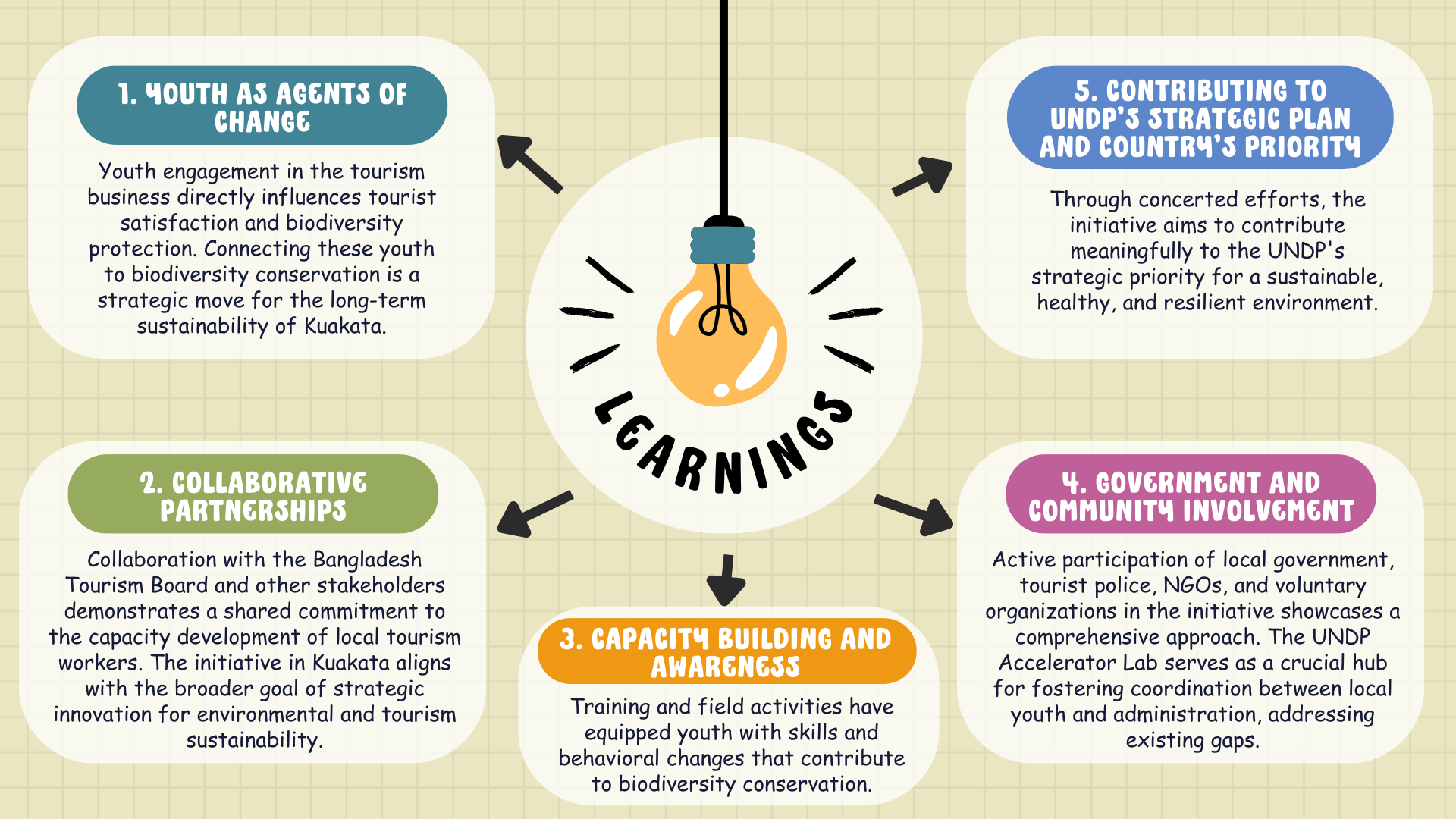
Figure 5: Learnings and Recommendations for Youth-led Biodiversity Conservation Initiative in Kuakata
Success Stories and Inspirations
UNDP, globally recognized for empowering youth in climate and biodiversity action, has achieved significant success through its Accelerator Lab in Bangladesh. Under the "My Saint Martin’s" initiative of the Lab, local youth on Saint Martin’s Island lead in waste management and biodiversity conservation. Engaging in turtle conservation, tree planting, and zero-plastic campaigns, these youth have implemented an environmental governance system in collaboration with UNDP and stakeholders. The island, crucial for sea turtles, faced disruption by tourists until the youth, backed by UNDP, reactivated the conservation hatchery, resulting in the successful collection, preservation, and release of 2400+ eggs and baby turtles during the last nesting season. This success ensures safe nesting, contributing to the Bay of Bengal's biodiversity. This UNDP-led initiative, in partnership with the Ministry of Forest, Environment & Climate Change and local government showcases the transformative impact of youth engagement in preserving our natural heritage. [Link of Turtle conservation blog for further reading]
References
- https://papers.ssrn.com/sol3/papers.cfm?abstract_id=4427286
- (PDF) Diversity of Angiosperm Flora of Kuakata National Park, Patuakhali District, Bangladesh (researchgate.net)
- https://thefinancialexpress.com.bd/economy/bangladesh/kuakata-under-threat-of-losing-tourism-potential-due-to-pollution-mismanagement-1622203999
- https://www.thedailystar.net/news/bangladesh/news/75000-trees-lost-erosion-every-year-3365261
- https://thedailynewnation.com/news/344483/Biodiversity-under-threat-at-Kuakata-sea-beach-in-Patuakhali
- https://www.tbsnews.net/environment/6000-crabs-die-day-kuakata-during-tourist-season-report-251887
- https://www.thedailystar.net/environment/climate-crisis/natural-disaster/news/three-quarters-kuakata-natl-park-gone-the-sea-2157456
- https://www.sciencedirect.com/science/article/pii/S2212567112002833
Calling on the Youth: Be the Guardians of Kuakata's Biodiversity and Future!
Related
content
content

 Locations
Locations

